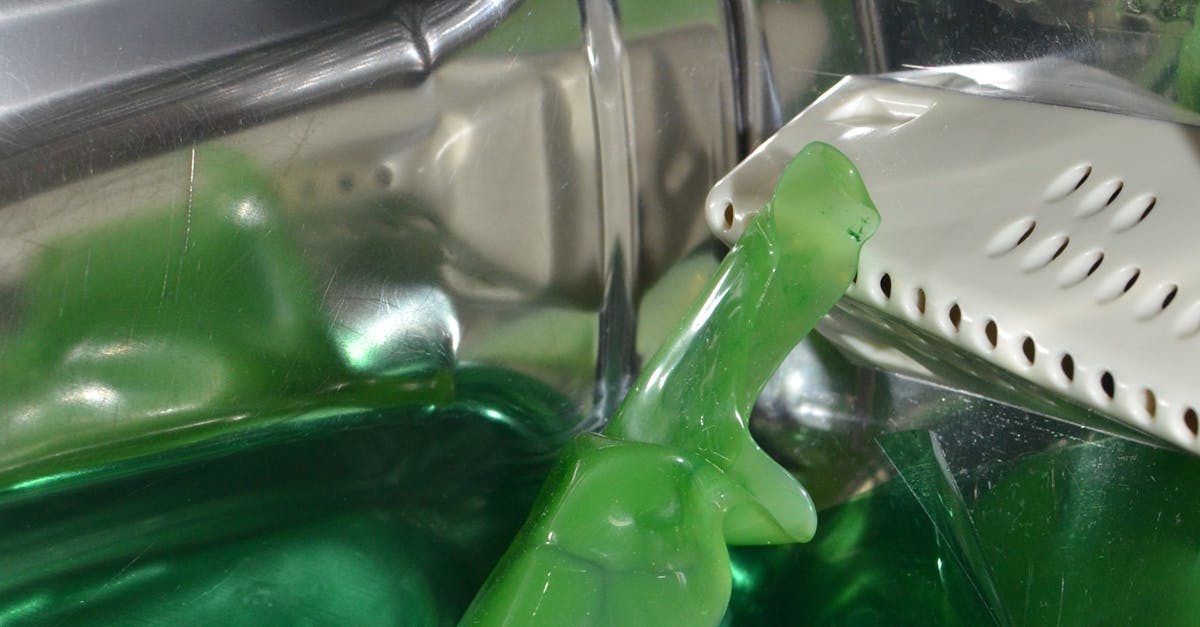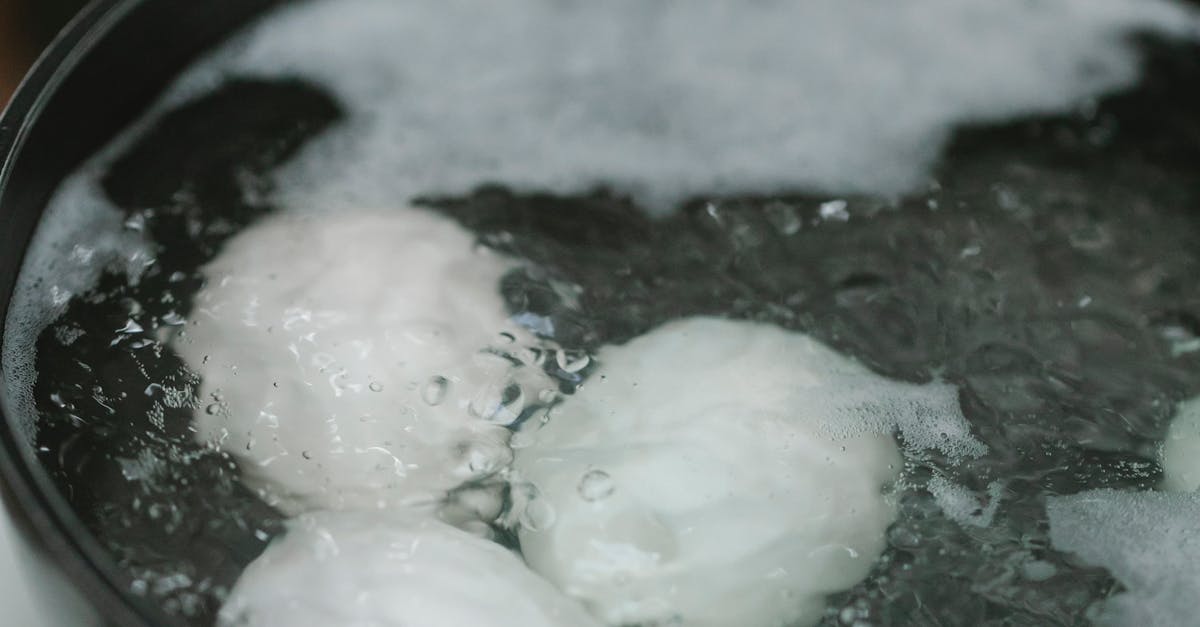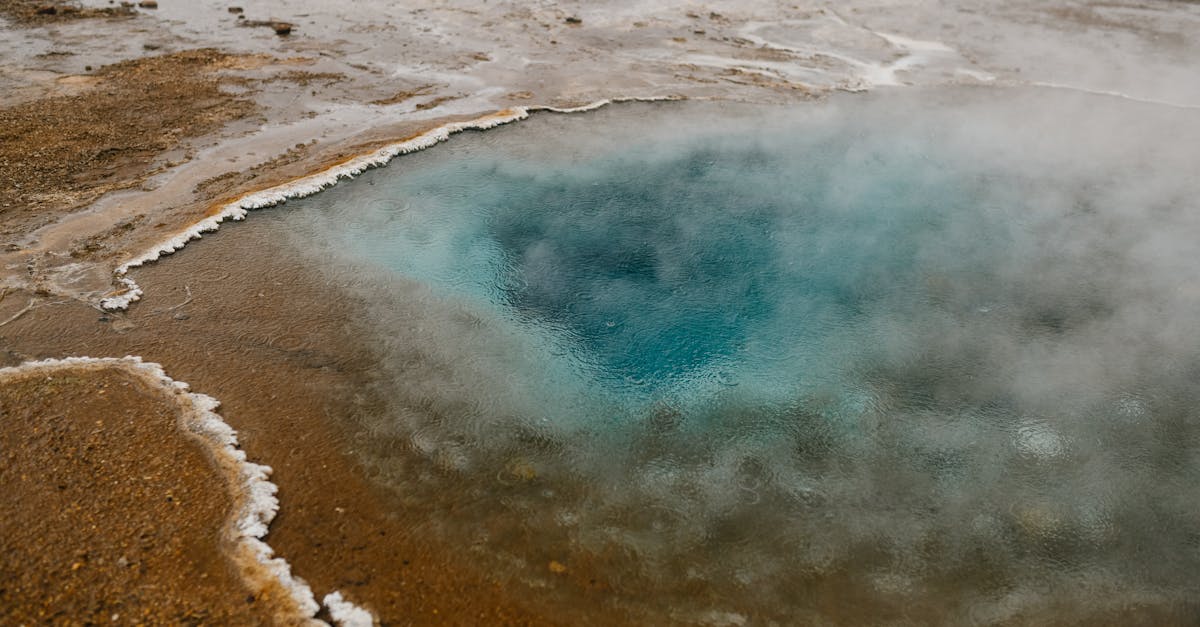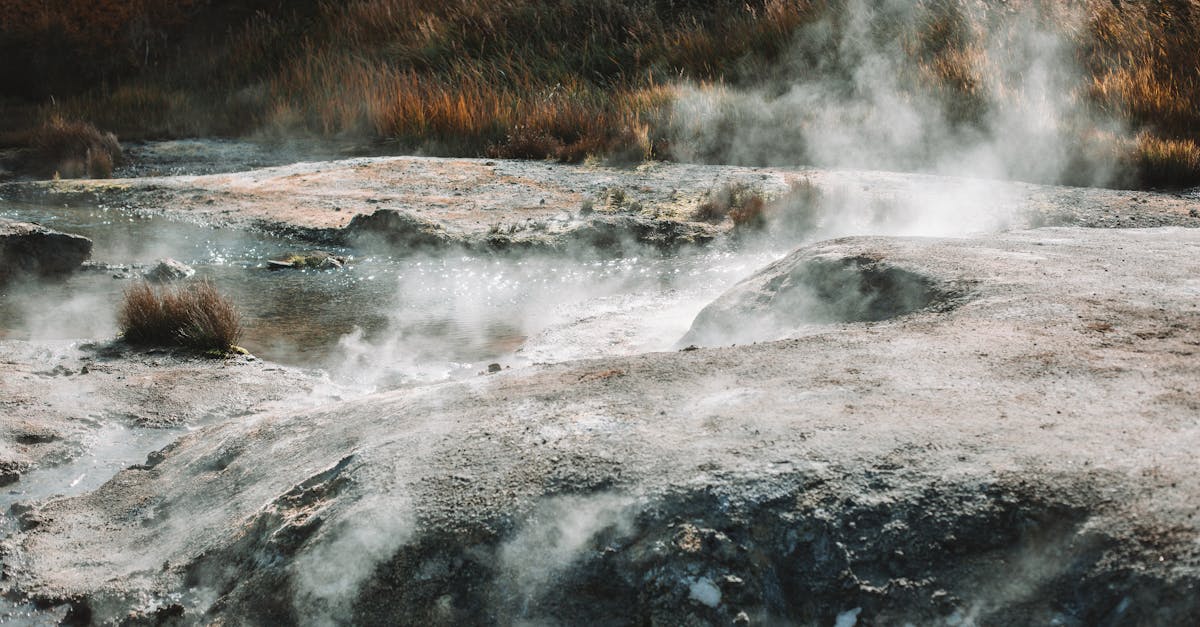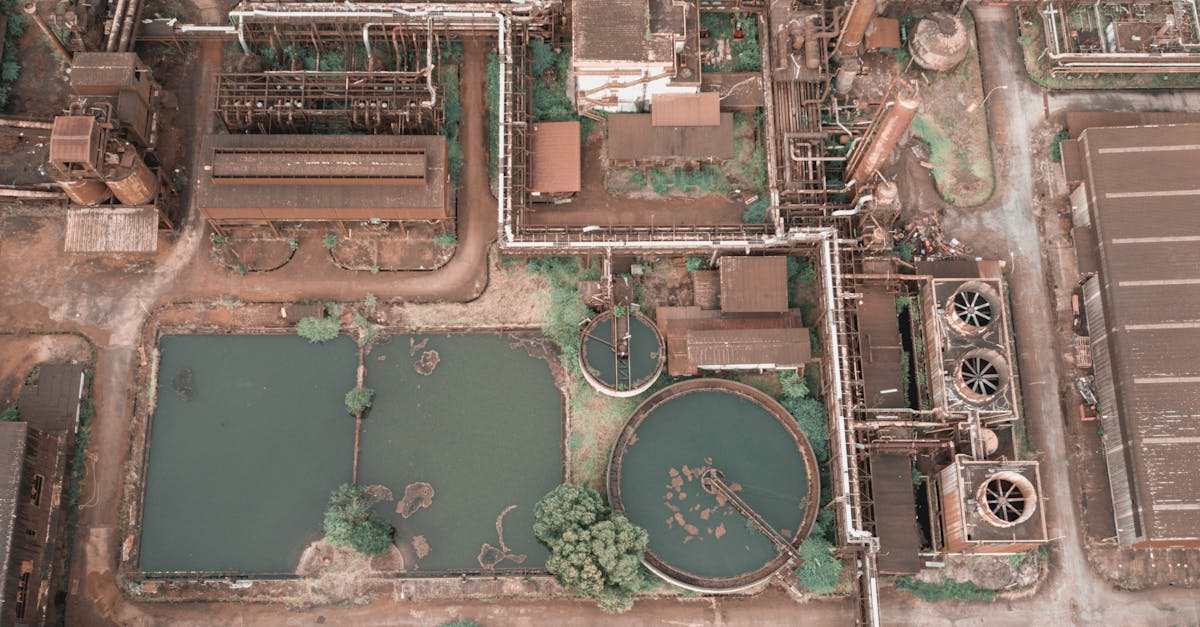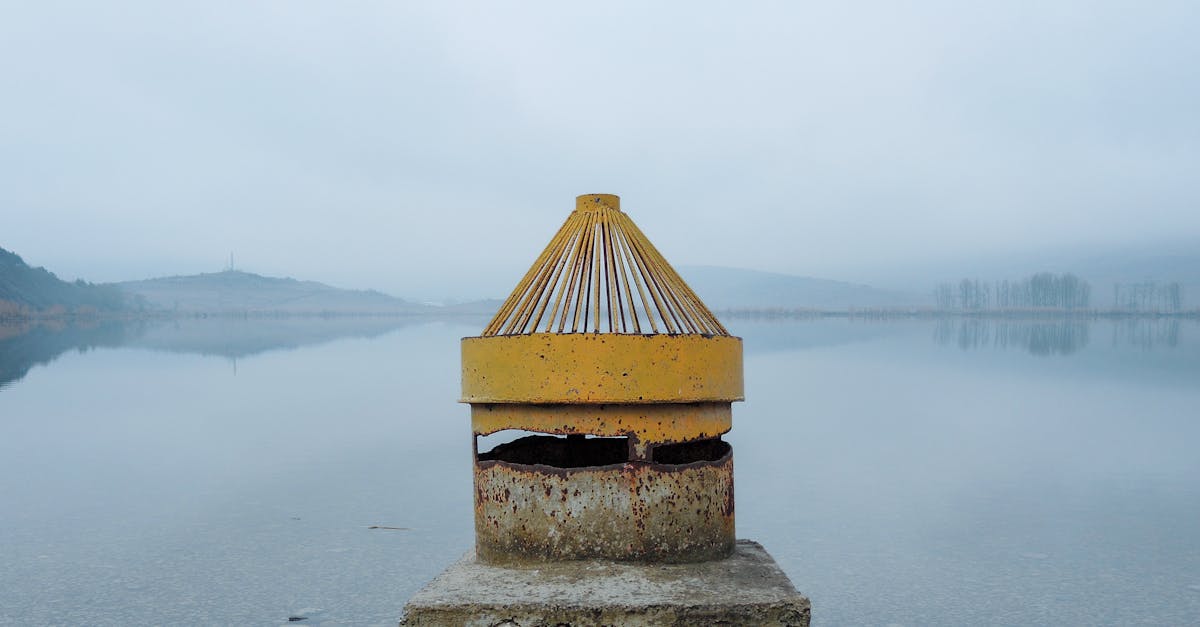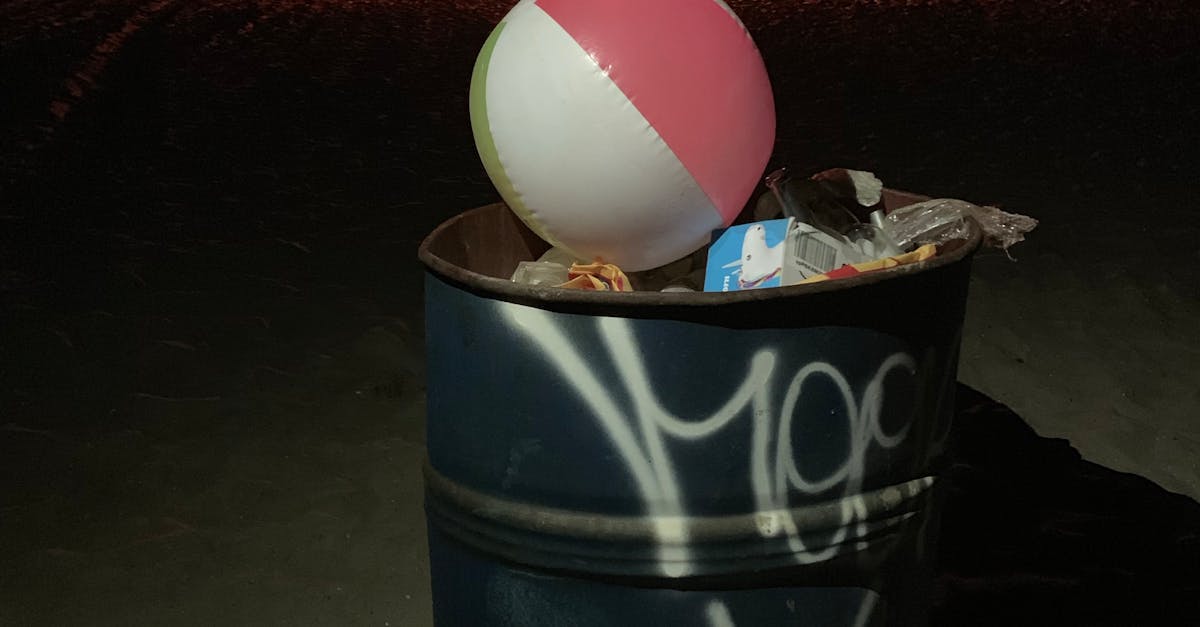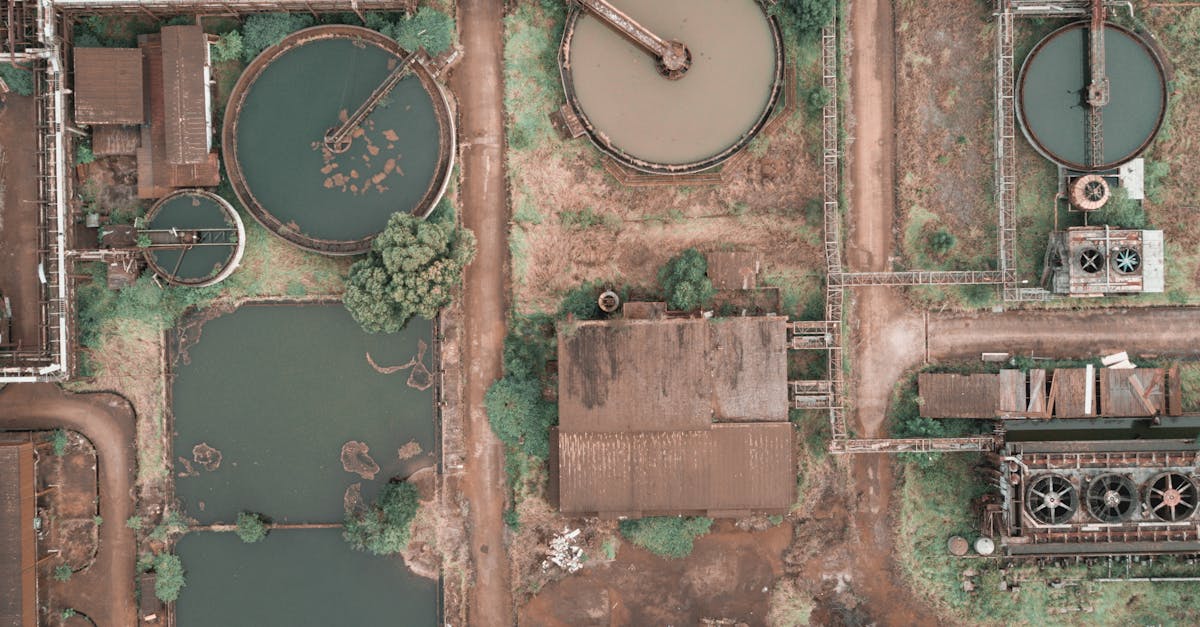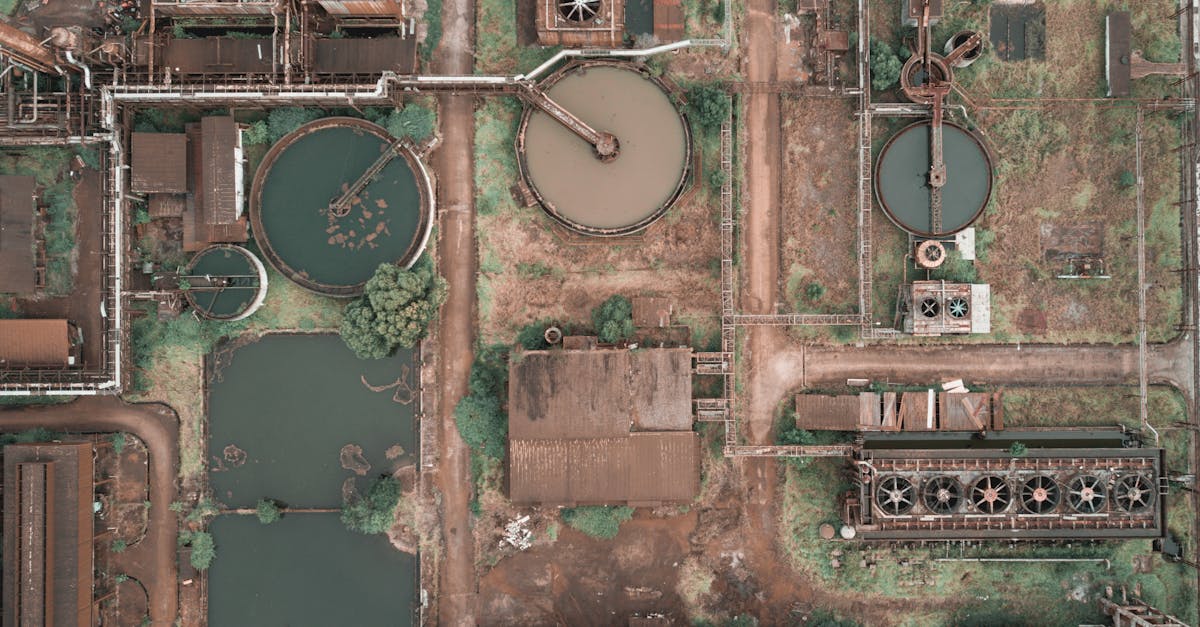
Table Of Contents
Flushing the System Again
Flushing the hot water system is crucial to ensure its efficiency and longevity. Hot water system cleaning involves flushing the system again to remove any remaining sediment and mineral buildup. This step is essential to maintain optimal performance and prevent potential issues in the future. By repeating the flushing process, you can effectively eliminate any lingering debris and debris that may have accumulated during the initial flush.
Moreover, flushing the system again helps to dislodge any stubborn deposits that may have been dislodged during the first flush. By thoroughly cleaning the hot water system, you can improve its overall efficiency and performance. This process is a key part of regular maintenance to keep your hot water system running smoothly and effectively.
Draining Out the Descaled Water
To effectively drain out the descaled water during the hot water system cleaning process, begin by ensuring that the power to the heating system is turned off to eliminate any potential hazards. Next, locate the drain valve typically situated near the bottom of the heating system. Connect a hose to the drain valve, ensuring that the other end of the hose leads to a suitable drainage point. Open the drain valve carefully to begin the process of flushing out the descaled water. Allow the water to flow out until it runs clear, indicating that the system is free from any built-up sediment or debris.
Once the water has cleared, carefully close the drain valve to stop the flow. Ensure that the hose is securely in place and that there are no leaks. At this point, the hot water system is now ready for the next stage of the cleaning process. The draining out of descaled water is a crucial step in maintaining the efficiency and longevity of your hot water system.
Refilling the Hot Water System
Refilling the hot water system is a crucial step in the Hot Water System Cleaning process. Start by closing the drain valve once all the descaled water has been drained out. This will prevent any air from getting into the system when you refill it. Make sure to remove the hose as well, ensuring that the system is closed off and ready for the next stage.
After closing the drain valve and removing the hose, it's time to begin refilling the hot water system. Slowly open the valve that allows water back into the system. Keep a close eye on the pressure gauge to ensure that the system is filling properly and that there are no leaks. It's essential to refill the system carefully to avoid any issues that may arise from improper filling techniques.
Closing the Drain Valve and Removing the Hose
Once the descaling process is complete, it is time to close the drain valve and remove the hose from the hot water system. To do this, make sure the drain valve is securely closed to prevent any leaks or further water loss. Gently remove the hose attached to the drain valve, ensuring that no water spills or causes any mess.
After successfully closing the drain valve and removing the hose, it is crucial to check the surrounding area for any water remnants. Wipe down the area to ensure it is dry and tidy. This step marks the end of the draining process in the Hot Water System Cleaning task, paving the way for the refilling stage to commence smoothly.
Checking for Leaks
Checking for leaks in your hot water system is a crucial step after flushing the system. Start by inspecting all the connections, joints, and the tank itself for any signs of leaks. Look for water drips, wet spots, or any moisture that may indicate a leak has developed.
If you notice any leaks, first ensure that the area is dry before attempting to fix it. Tighten any loose connections or joints and replace any damaged parts if needed. After addressing the leaks, it's essential to test the system again to ensure that the Hot Water System Cleaning was successful and that no more leaks are present.
Inspecting the Tank and Connections for Any Leaks
After the hot water system has been refilled and any air pockets have been removed, it is essential to inspect the tank and connections for any leaks. Begin by examining the top of the tank where the inlet and outlet pipes are connected. Ensure that these connections are tight and there are no signs of water dripping or puddling around them. Move on to inspecting the pressure relief valve, commonly located on the side of the tank, to see if any water is escaping from it.
Give particular attention to the pipes that lead in and out of the tank, checking for any signs of moisture or corrosion. It is imperative to carefully examine all joints and fittings for leaks as even a minor leak can lead to significant water damage over time. Remember, thorough inspection is a crucial step in the Hot Water System Cleaning process to ensure the system operates efficiently and effectively.
FAQS
Why is it important to flush a hot water heating system?
Flushing a hot water heating system helps remove built-up sediment and debris, improving the efficiency and longevity of the system.
How often should I flush my hot water heating system?
It is recommended to flush your hot water heating system at least once a year to maintain optimal performance.
Can I flush a hot water heating system on my own?
Yes, you can flush a hot water heating system on your own by following the manufacturer's instructions and taking necessary safety precautions.
What tools do I need to flush a hot water heating system?
You will need a hose, a bucket, a screwdriver, and possibly a pump or air compressor, depending on the system.
How long does it take to flush a hot water heating system?
The time it takes to flush a hot water heating system can vary depending on the size of the system and the amount of sediment build-up, but it typically takes a few hours to complete the process.








